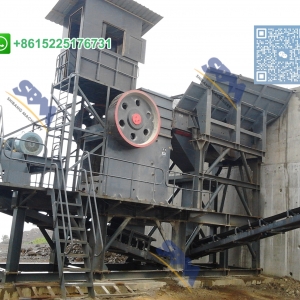In today's fast-paced printing industry, maintaining high standards of quality is paramount. Any deviation can lead to costly reprints, customer dissatisfaction, and damage to a brand's reputation. Integrating quality inspection systems seamlessly into printing workflows has become essential to ensure every product meets the highest standards. This article explores the importance of this integration, the technologies involved, the benefits it brings, and the challenges it faces.
The Importance of Quality Inspection
Quality inspection in printing ensures that each product meets predefined standards before reaching the customer. It involves checking for color consistency, print accuracy, material defects, and other critical factors. While traditional manual methods are still used, automated systems offer greater accuracy and efficiency.

Technologies Enabling Seamless Integration
Seamless integration relies on a combination of advanced technologies:
High-Resolution Cameras and Sensors: Capture detailed images and data for precise defect detection.
Machine Learning and Artificial Intelligence: Analyze data, identify patterns, and improve over time.
Real-Time Data Processing: Enable immediate defect detection and correction.
Interoperable Software Platforms: Facilitate communication between printing machinery and inspection systems.
Advanced Image Processing for Quality Inspection: Enhance accuracy in detecting and classifying print defects.
Connectivity and IoT: Enable remote monitoring, predictive maintenance, and data sharing.
Robotics and Automation: Streamline the inspection process, improving speed and reliability.
Cloud Computing and Big Data Analytics: Store and analyze vast amounts of inspection data.

Benefits of Integration
Enhanced Quality Control: Consistent and objective evaluations, high precision, and automated adjustments.
Increased Efficiency: Streamlined operations, reduced downtime, and automated adjustments.
Cost Savings: Reduced waste, lower labor costs, and minimized reprints.
Data-Driven Decision Making: Valuable insights, informed process enhancements, and resource allocation.
Compliance and Traceability: Regulatory compliance, traceability, and documented quality assurance.
Improved Customer Satisfaction: Higher quality products, consistent deliverables, and reduced defects.
Competitive Advantage: Market differentiation, enhanced reputation, and innovation leadership.
Challenges and Considerations
Initial Investment: Implementing advanced printing quality inspection systems can require a significant upfront investment.
Data Security: Protecting sensitive data generated by inspection systems is crucial.
Training and Skill Development: Operators may need training to effectively use and maintain these complex systems.
Integration Complexity: Integrating different systems and technologies can be challenging.

Conclusion
The seamless integration of quality inspection systems with printing workflows is essential for maintaining high standards, improving efficiency, and achieving a competitive advantage. By leveraging advanced technologies, companies can ensure that their products consistently meet customer expectations and regulatory requirements.






